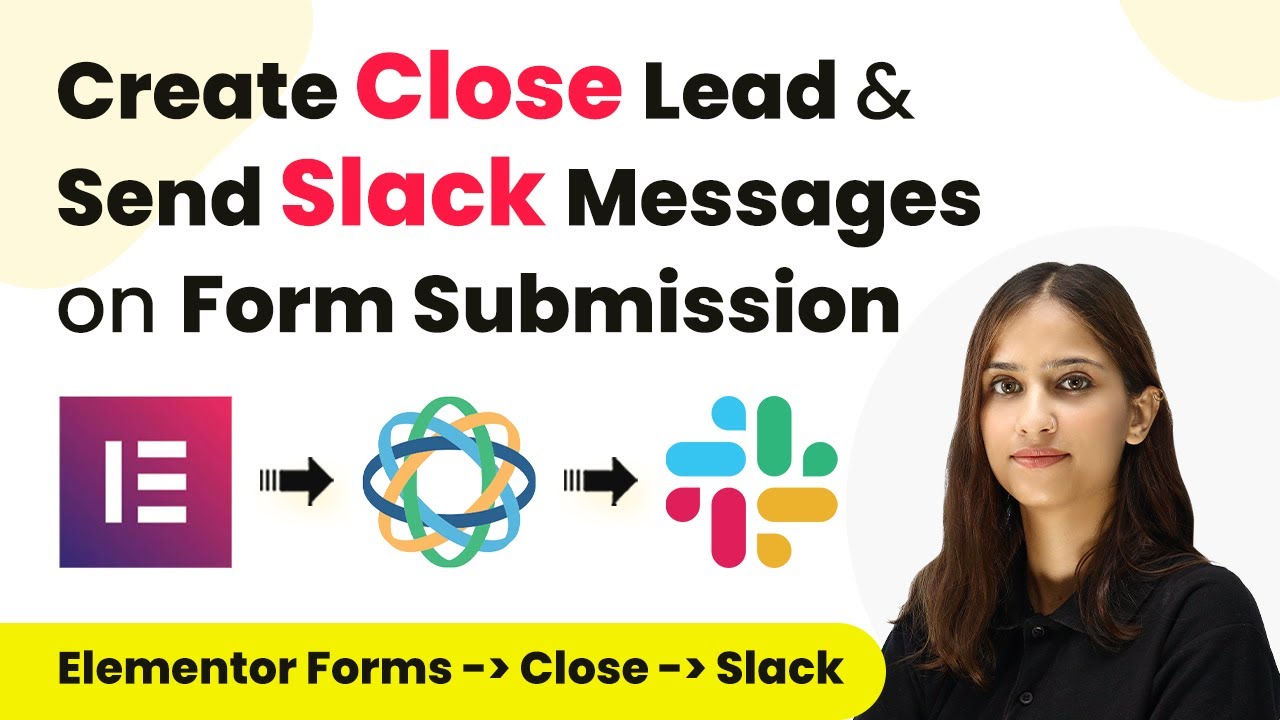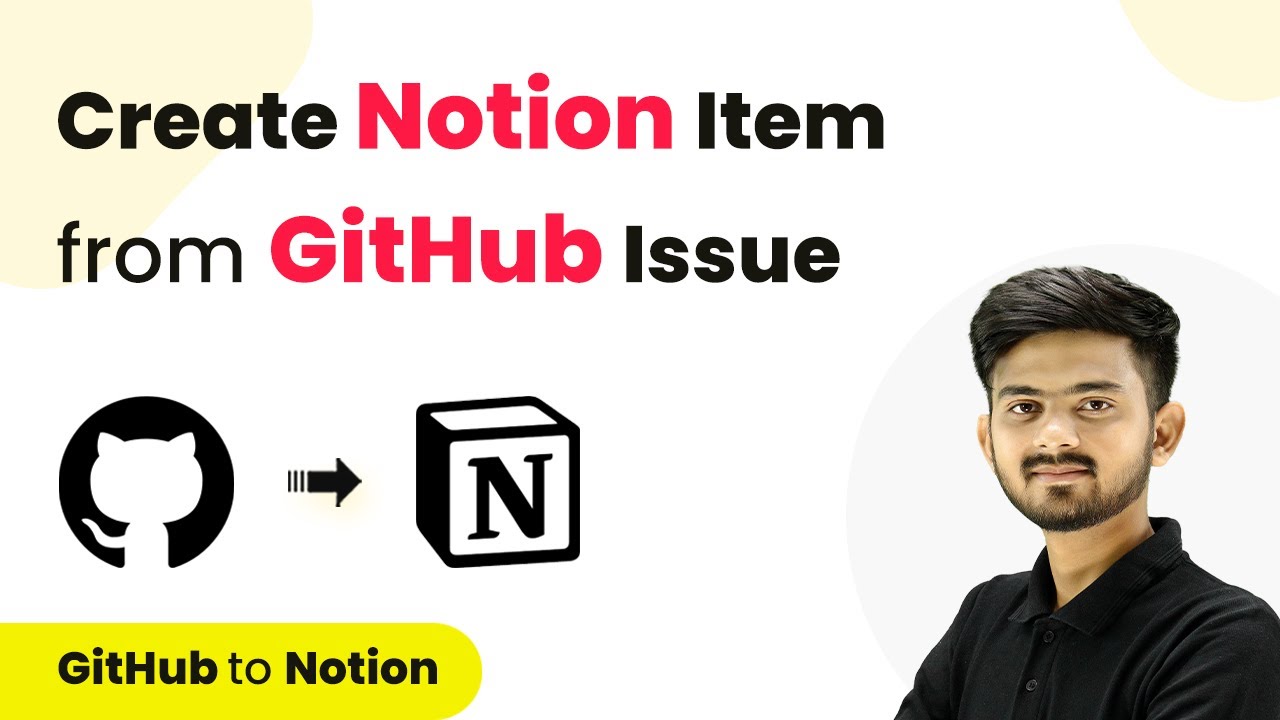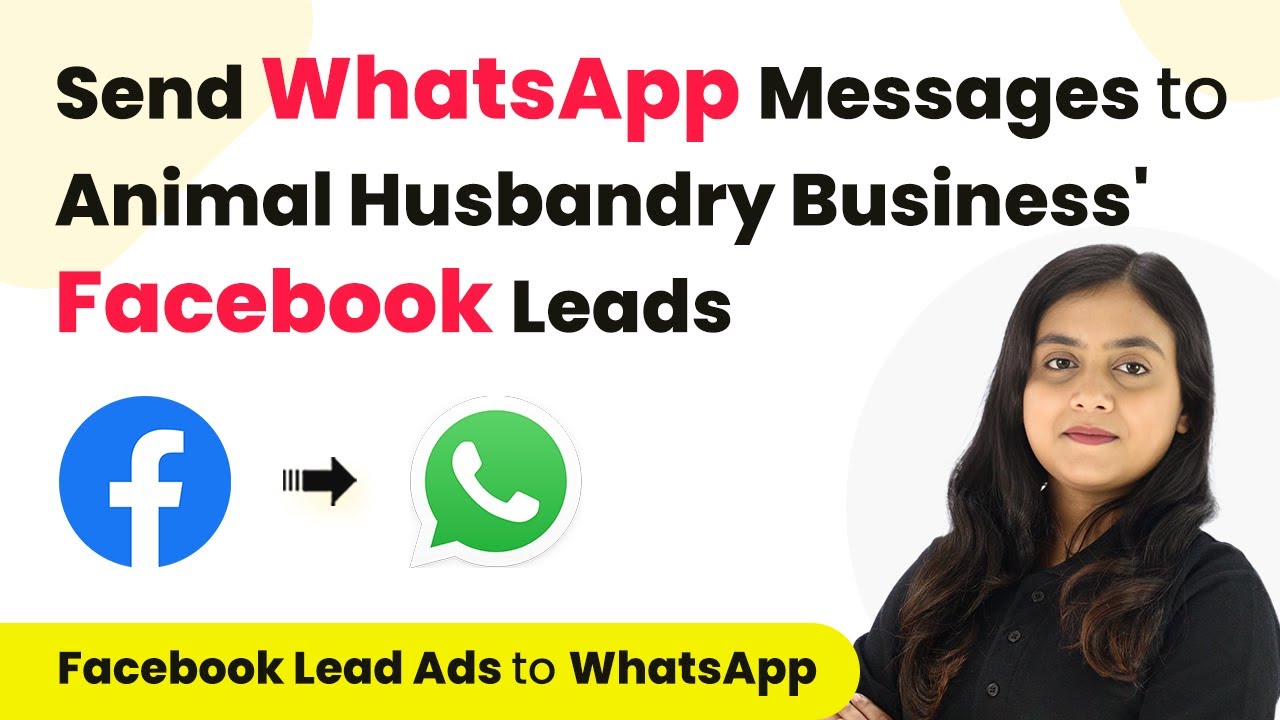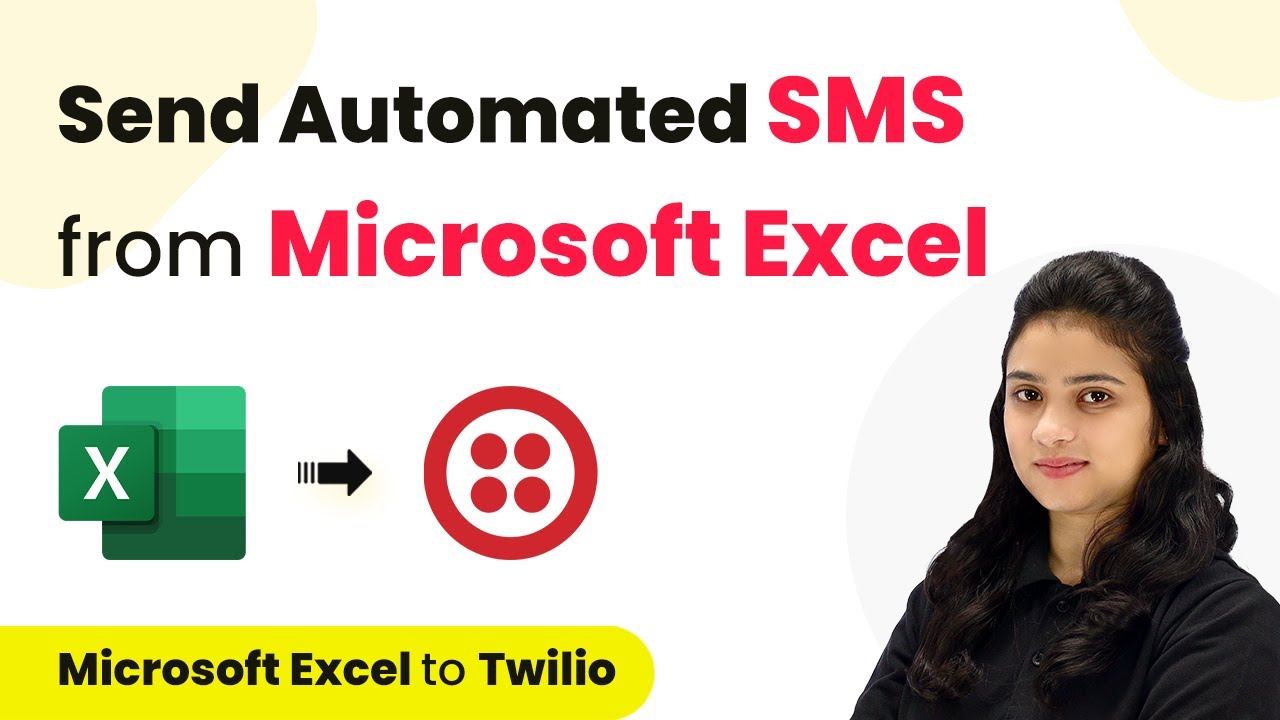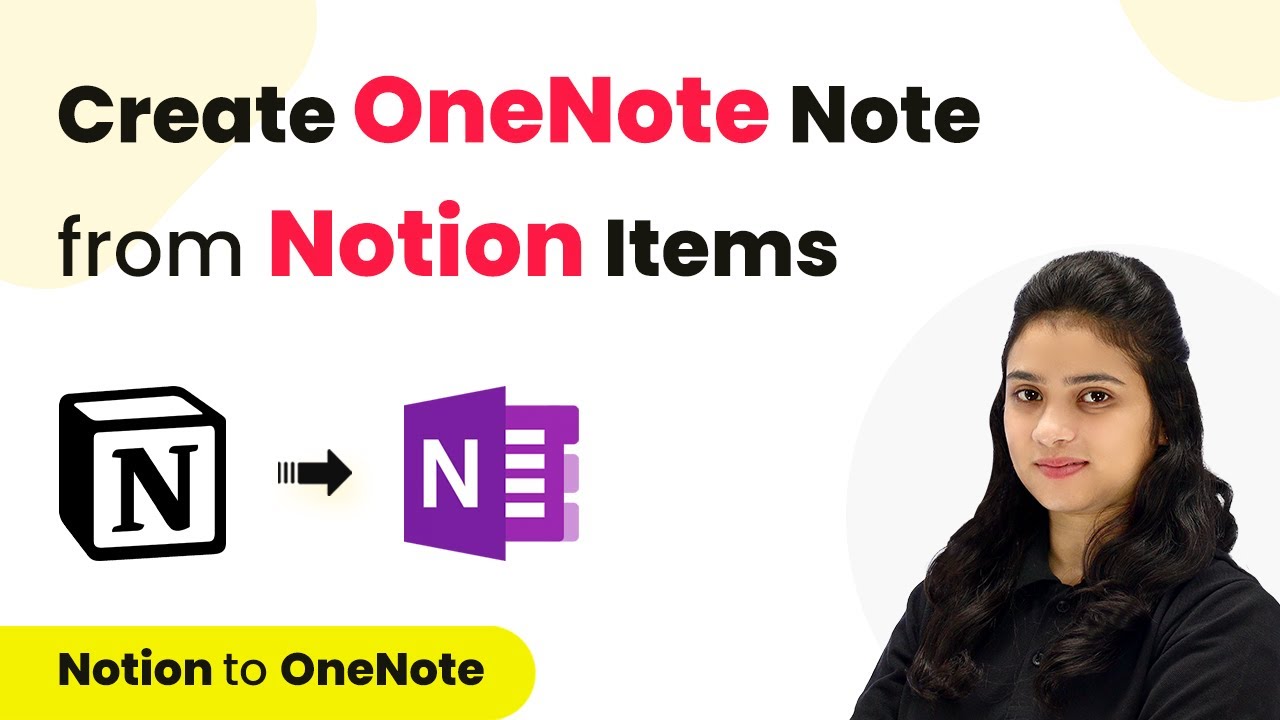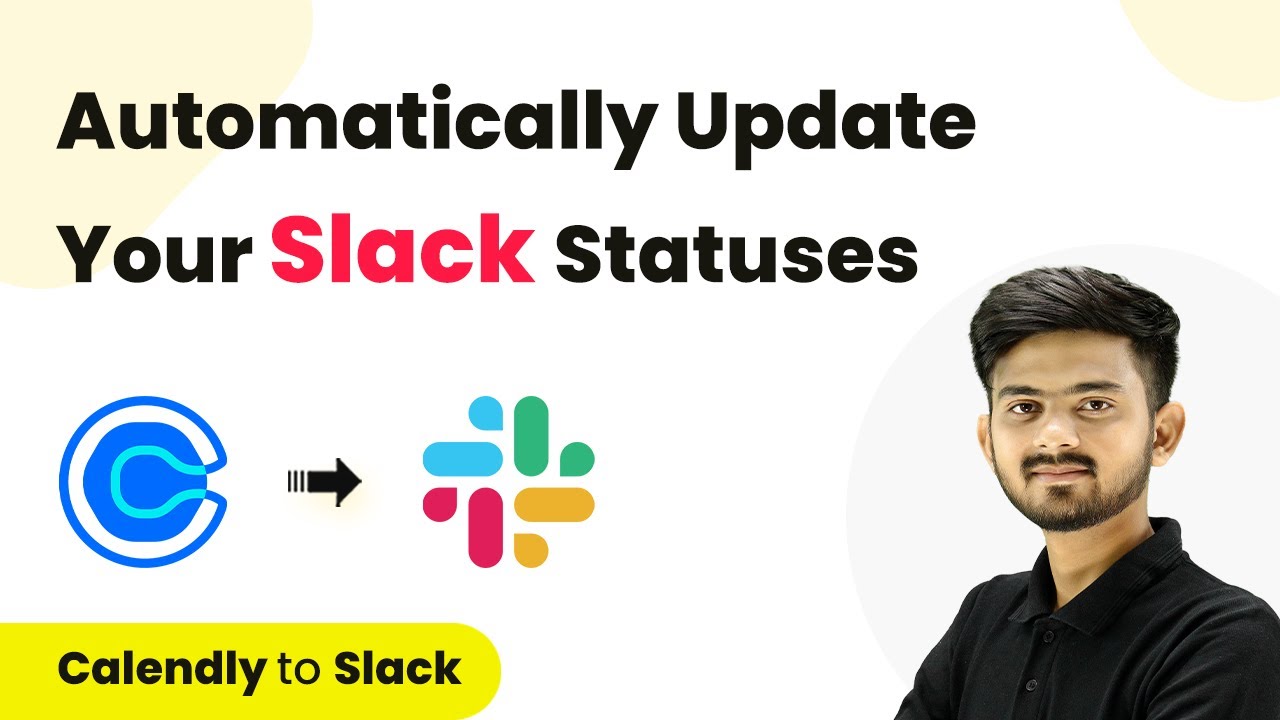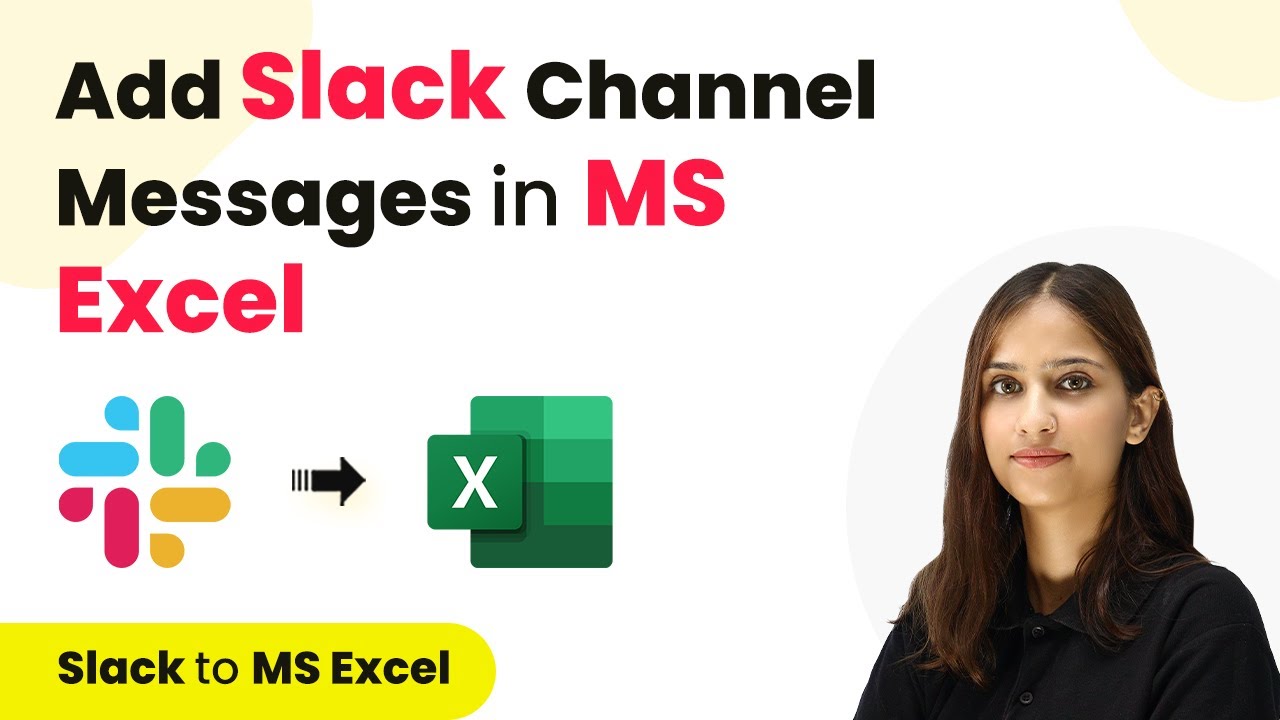Learn how to integrate Elementor Form Response with Slack notifications using Pabbly Connect in this detailed tutorial. Automate your workflow effortlessly! Develop expertise in application integration and learn how to design streamlined automation workflows using proven, simplified approaches.
Watch Step By Step Video Tutorial Below
1. Accessing Pabbly Connect for Elementor Form Response
To begin creating a Close lead and send Slack notifications for Elementor Form Response, access Pabbly Connect. This integration platform allows you to automate tasks seamlessly. Start by signing in to your Pabbly Connect account or create a new account if you are a first-time user.
Once logged in, navigate to the Pabbly Connect dashboard. Click on the ‘Create Workflow’ button to initiate the process. Here, you can name your workflow, such as ‘Create Close Lead and Send Slack Notification for Elementor Form Response.’ This sets the stage for the automation you are about to build.
2. Setting Up the Trigger with Elementor Form Submission
In this step, you will configure the trigger in Pabbly Connect. The trigger application is Elementor, and the event will be a new form submission. This means every time a form is submitted on your Elementor site, it will initiate the workflow.
- Select Elementor as your trigger application.
- Choose the trigger event as ‘New Form Submission’.
- Copy the webhook URL provided by Pabbly Connect.
Next, go to your Elementor form settings and find the ‘Actions After Submit’ section. Add the webhook action and paste the URL you copied from Pabbly Connect. This connects your Elementor form to the automation workflow.
3. Creating a Close Lead via Pabbly Connect
After setting up the trigger, the next goal is to create a lead in Close using Pabbly Connect. For this action, select Close as your action application and the event ‘Create New Lead’. This will allow you to automatically create a lead whenever a new form submission occurs.
To establish the connection, you will need to enter your Close API key. Go to your Close account settings, navigate to the developer section, and create a new API key. Copy this key and paste it into Pabbly Connect. Ensure to leave the password field blank as per the instructions.
- Map the fields from your Elementor form submission to the corresponding fields in Close.
- Include details like name, email, phone number, and job title.
- Verify the mapping to ensure accurate data transfer.
Once all fields are mapped correctly, click on ‘Save and Send Test Request’. If successful, you will see a confirmation that a lead has been created in Close.
4. Sending Slack Notification Using Pabbly Connect
Now that a lead is created in Close, it’s time to notify your team via Slack. In this step, select Slack as the action application in Pabbly Connect. The event will be ‘Send Channel Message’. This ensures that your team receives a notification every time a new lead is created.
To connect Slack to Pabbly Connect, click on ‘Connect with Slack’ and authorize the connection. Choose the appropriate channel where you want to send the notification, such as your lead management team channel.
Compose a message that includes the lead details. Map the lead details like name, email, and phone number into the message. Test the message to ensure it appears correctly in Slack.
After composing your message, click on ‘Save and Send Test Request’. If successful, your team will receive a notification on Slack with the lead details.
5. Conclusion: Automating Elementor Form Response with Pabbly Connect
In conclusion, using Pabbly Connect allows you to automate the process of creating Close leads and sending Slack notifications based on Elementor Form Responses. This integration streamlines your workflow, ensuring that your team is promptly informed of new leads.
Ensure you check out Pabbly Connect to create business automation workflows and reduce manual tasks. Pabbly Connect currently offer integration with 2,000+ applications.
- Check out Pabbly Connect – Automate your business workflows effortlessly!
- Sign Up Free – Start your journey with ease!
- 10,000+ Video Tutorials – Learn step by step!
- Join Pabbly Facebook Group – Connect with 21,000+ like minded people!
By following the steps outlined in this tutorial, you can easily set up your automation. The combination of Elementor, Close, and Slack through Pabbly Connect enhances your team’s efficiency and responsiveness to new leads.
